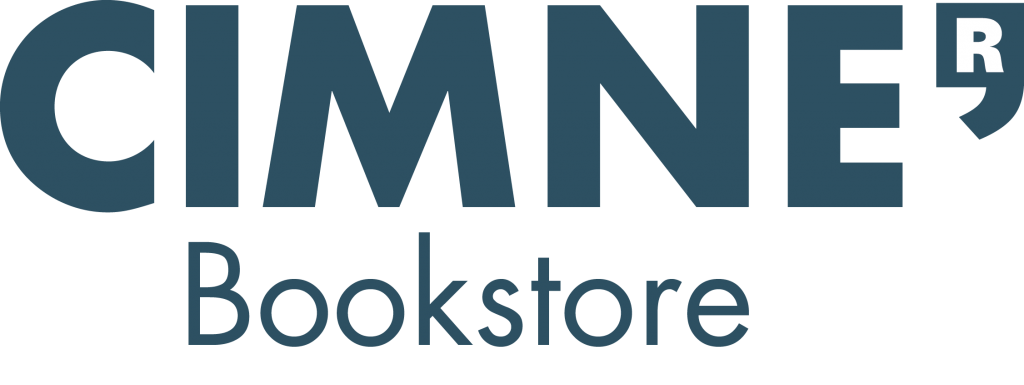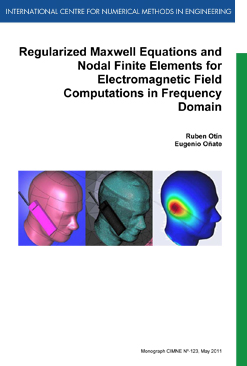Regularized maxwell equations and nodal finite elements for electromagnetic field computations in frequency domain
FREE!
ISBN: 978-84-89925-03-8
Editorial: CIMNE
Year of publication: 2011
Pages: 144
Index: Introduction, Electromagnetic theory, Regularized Maxwell equations and nodal finite elements, Specific absorption rate computations, Electromagnetic metal forming, Transfer impedance of cable shields, Conclusions and future work, ERMES: Numerical tool for electromagnetic field computations,
ISBN: 978-84-89925-03-8
Editorial: CIMNE
Year of publication: 2011
Pages: 144
Index: Introduction, Electromagnetic theory, Regularized Maxwell equations and nodal finite elements, Specific absorption rate computations, Electromagnetic metal forming, Transfer impedance of cable shields, Conclusions and future work, ERMES: Numerical tool for electromagnetic field computations,
Description
In this work we present an alternative approach to the usual finite element formulation based on edge elements and double-curl Maxwell equations. This alternative approach is based on nodal elements and regularized Maxwell equations. The advantages are that, without adding extra unknowns (such as Lagrange multipliers), it provides spurious-free solutions and well-conditioned matrices. Besides, its integral representation involves a less singular kernel (order 1 instead of 3), which makes this approach best suited to hybridization with integral numerical techniques. On the other hand, a new set of difficulties arises that were not present in the classical formulation. The main drawback is that a globally wrong solution is obtained when the electromagnetic field has a singularity in the problem domain. Also, boundary conditions and field discontinuities are more laborious to implement. This work explains how to overcome these difficulties and demonstrates that accurate solutions can be obtained with nodal elements and the regularized formulation.
We also present ERMES, the C++ implementation of the finite element approach depicted above and the main deliverable of this work. We compute with ERMES the scattering parameters of microwave filters and the specific absorption rate induced in a body when exposed to electromagnetic fields. ERMES is also the computational tool used in two novel numerical models introduced in this work. The first one characterizes electromagnetic metal forming processes and the second one the transfer impedance of cable shields.
The electromagnetic metal forming model calculates the driving Lorentz force and estimates the optimum frequency at which it is attained the maximum workpiece deformation. The main advantage of the approach is that it provides an explicit relation between the capacitance of the capacitor bank and the frequency of the discharge, which is a key parameter in the design of an electromagnetic forming system. The successful application of the regularized formulation in this model reveals its excellent behavior in the low-frequency (quasi-static) regime.
The second numerical model introduced in this work computes the transfer impedance of cable shields. The model reproduces the high frequency behavior of the transfer impedance more accurately than the approaches found in the literature and, moreover, it is able to analyze a wider variety of geometries and materials.

